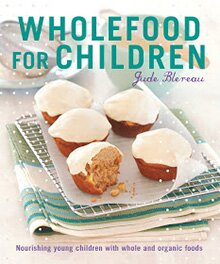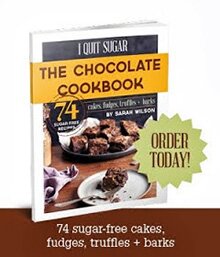Home-made Goat’s Milk Ricotta

So many discoveries this week!! Four dollars has changed my life in the form of a cook book stand! I can’t believe I have lived without one for so long! No more precariously balanced books propped up on whatever was hanging around the bench with a lemon, banana or a phone sitting on top to keep the pages open. Fab! It is possibly the most kitsch looking stand in the world, but it was $4, so there you go. Now all I need is some sort of lap-top protector so I can have that on the bench too – I’m sure there is an app for that, ha!

Next, ricotta.
I first came across the idea of making my own ricotta after seeing Jennifer Perillo’s recipe on Food52‘s fabulous website. I wanted to make it with goat’s milk though, so after a bit more investigating I found several websites and blogs with suggestions, and settled on an excellent recipe at Honest Cooking - perfect! Goat’s milk also has a wonderful amount of calcium, vitamin D, and a protein profile to make the cows jealous. It has traditionally been used as a remedy for weakened conditions, malnutrition, stomach ulcers, nervous exhaustion and loss of energy 1.
Goat’s milk is easier to digest than cow’s milk as it has smaller fat globules, a softer curd, and because of the nature of its fat structure, is naturally non-homogenised. Homogenisation splits up the fat globules making them able to sneak into the blood stream along with particular enzymes (xanthine oxidase for the nerds like me) instead of being excreted. This process has now been linked with damaging cell membranes, creating scar tissue and fatty deposits in our arteries or atherosclerosis 1. So maybe next time you are buying your dairy, check out the
…

















